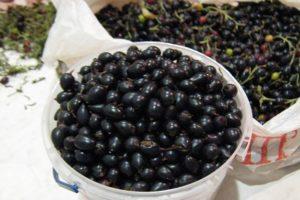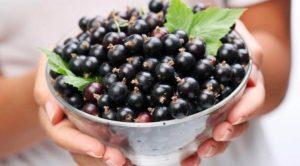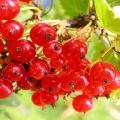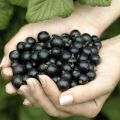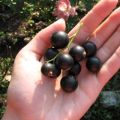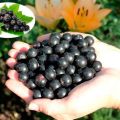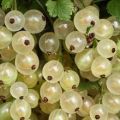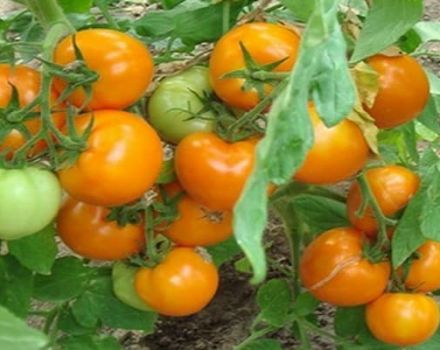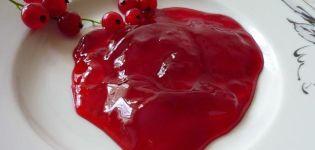Characteristics and description of red currant varieties Uralskaya krasavitsa
Growing red currant Ural beauty does not cause difficulties. This is a rather unpretentious variety that is frost-resistant and easy to care for. He is very sensitive to drought. Currant fruits are considered universal. They are eaten fresh or added to various dishes. With the right choice of planting site, the plant brings an excellent harvest.
The history of breeding red selection
The currant of this variety is characterized by a refreshing dessert taste. It was bred from the varieties Chulkovskaya and Faya fertile. This was done by the breeders Ilyin V.S. and Gubenko A.P. from the Research Institute of Horticulture in the Chelyabinsk region. The culture entered the State Register in 2001.
Botanical description and characteristics of the variety
The variety was developed for breeding in the Urals and Western Siberia. This plant is characterized by resistance to weather fluctuations and produces a good harvest.
Bush and root system
The plant is medium-sized. It has strong branches and a light, rough bark. The branches bend a little, but do not diverge in different directions. Dark green shoots are slightly pubescent. The branches of the plant are densely leafy. Moreover, the culture has large five-lobed leaves with medium petioles. The flowers are saucer-shaped and medium-sized. They bloom in May.
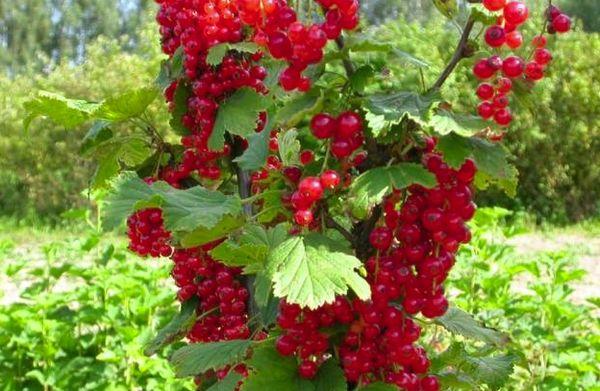
The currants of this variety are characterized by tightly knit brushes. Their length reaches 7 centimeters. The culture gives red large fruits up to 1 centimeter in diameter. On average, the weight of the berries is 0.9 grams.
Productivity and fruiting
Currant Ural beauty belongs to self-fertile varieties. The self-pollination parameter of the bush is 61.1%. The period of ovary formation occurs in mid-June. Moreover, the crop can be harvested in July.
The berries have a refreshing sweet and sour taste. It is possible to harvest 3.5 kilograms of harvest from young plants. With strict adherence to agrotechnical rules, timely watering and fertilization, it is possible to increase the yield parameters up to 15 kilograms.
Where are the fruits used?
Currant berries of this variety have a table purpose.They taste great and are therefore considered versatile. The fruits are consumed fresh. They can also be dried or stocked up for the winter. It is perfectly acceptable to freeze red currants. The fruits are stored in the refrigerator for several days. The berries tolerate transportation well.
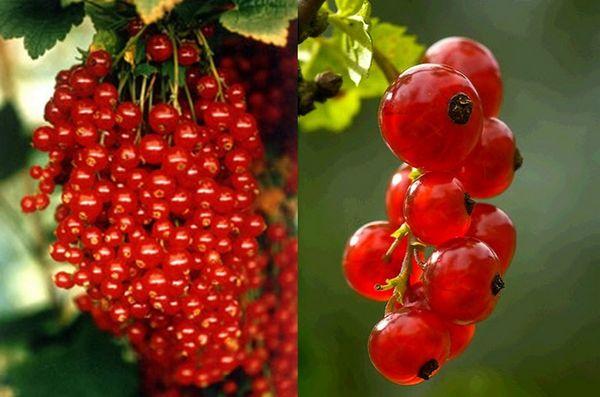
Drought resistance and frost resistance
The plant is resistant to drought. It is able to withstand short periods without watering and not lose the marketability of the fruit. In winter, the culture tolerates temperature fluctuations well. She is able to withstand frosts down to -25 degrees, and does not require shelter.
Susceptibility to diseases and pests
The currant of this variety is not affected by powdery mildew. It is resistant to fire and sawfly damage. Thanks to the prevention of fungi and protection from pests, it is possible to obtain a healthy plant.
Pros and cons: is it worth planting?
The currant of this variety has many advantages. These include the following:
- good transportability of fruits;
- the possibility of long-term storage of berries;
- excellent frost resistance;
- high productivity;
- powdery mildew resistance;
- long fruiting period;
- resistance to temperature fluctuations.
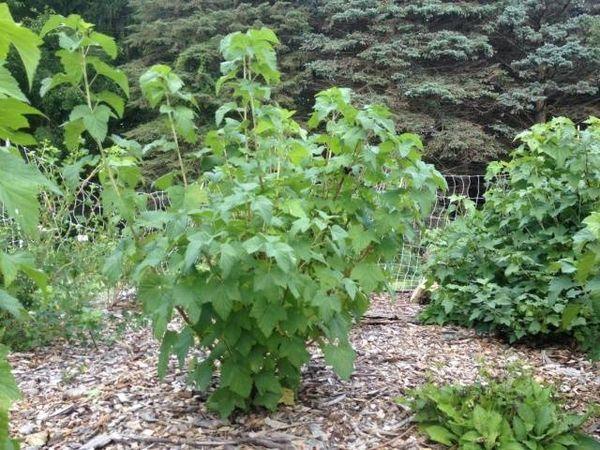
At the same time, the plant also has certain disadvantages. Many gardeners believe that the self-fertility rate is too low. It is enough for personal use, but not enough for growing crops for sale. Therefore, it is necessary to plant other varieties of currants nearby. In addition, the culture is susceptible to aphids. Therefore, you need to pour boiling water over the bushes and spray them with special preparations. This will help prevent problems from occurring.
Planting technology varieties
A stable yield of currants depends on the correct choice of location and the viability of the seedlings.
Optimal timing
The crop is recommended to be planted in September. Thanks to this, the plant will take root before the onset of frost. It is recommended to cook the pit in 1-2 months. Thanks to this, the substrate will have time to cake and be enriched with fertilizers. Compliance with this condition is of particular importance if it is necessary to alkalinize acidic soil.

You can plant a crop in April, after the ground has thawed. In springtime, it is recommended to plant a plant with a closed root system. To do this, the bush is transferred from a container with a lump of earth.
Choosing the right place
To get a strong and viable plant, it is recommended to choose the right site. It must meet the following requirements:
- provide protection from the north wind - it can be a gentle southern slope;
- it is forbidden to plant a plant in a lowland or swampy area;
- the hole should be 4-6 meters from the nearest fruit tree;
- the place must have good lighting at all times.
Red currants of this variety develop well on loams. Chernozems, which are characterized by neutral acidity, are also suitable for the culture.
Site and seedlings preparation
When buying a seedling of the Ural beauty, you should be guided by the following criteria:
- the height of the bush must be at least 30 centimeters;
- there should be no spots on the leaves;
- the roots should be fibrous - their length should not exceed 20-25 centimeters;
- the trunk should have whole bark, no damaged areas or growths.
Before planting in the soil, the seedling is recommended to be immersed in water. It is also permissible to hold it for 2-6 hours in an infusion based on clay and water. This will improve plant survival.
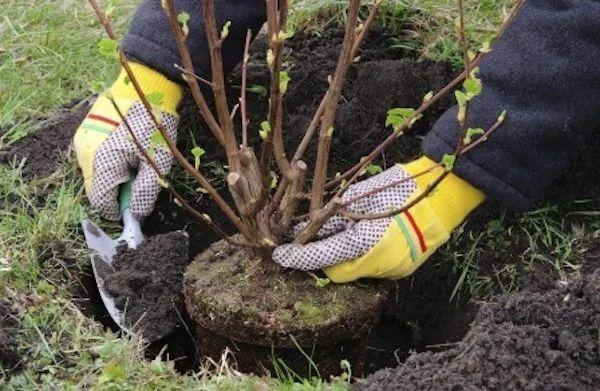
Work order
To plant currants, you should follow these steps:
- A pit must be made 1 month before planting. Its dimensions should be 40x40 centimeters, and the depth should be 50 centimeters. The distance between the bushes is 1.5 meters.
- Add 3 liters of wood ash and 2 buckets of compost to the soil.
- Pour some of the soil into the hole. After that, it is necessary to wait for the subsidence of the earth. This usually takes 2-4 weeks.
- Pour the rest of the soil into the hole. Place a seedling on top and sprinkle its root system with earth.
- It is recommended to compact the soil and cut the shoots to 20 centimeters. 2-3 buds should remain on them.
- Water the plant. 1 bush will require 3 liters of warm water.
After planting in the soil, young bushes should be watered at intervals of 4 days. To keep the soil moist longer, mulching is carried out. For this, humus is used.
Bush care rules
In order for the plant to give a good harvest, it is recommended to provide it with high-quality and complete care.
Regularity of planting irrigation
The Uralskaya krasavka variety normally perceives a short drought. But with a long absence of watering, the development of culture is delayed. Drought during the formation of fruits will provoke a decrease in yield.
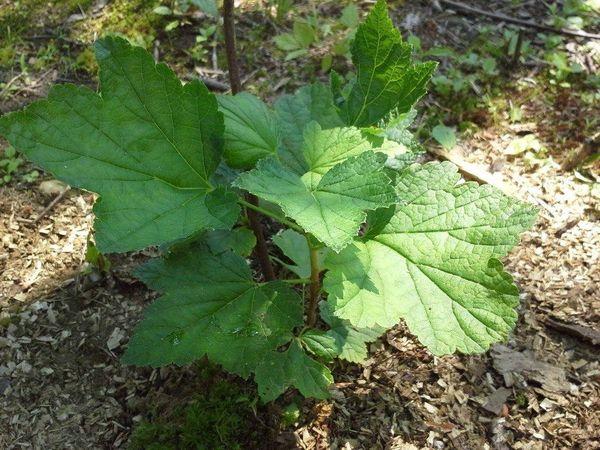
Stagnant fluid also adversely affects plant development. To avoid such problems, it is recommended to make a drainage layer when planting. This currant needs intensive watering. It is recommended to hold it from the beginning of June to August. It is worth adding 10-15 liters of warm water for each plant. It is recommended to defend it beforehand.
First, it is recommended to make a circular furrow 30 centimeters from the bush. It is worth adding moisture to it. The soil should be moistened by 30 centimeters. It is recommended to do the last watering in autumn. It should be abundant. Its purpose is to protect plantings from frost. Wet soil does not freeze too deep.
Loosening and care of the beds
After watering, the soil should be loosened. Also at this stage, weeding is performed. As a result, the culture assimilates moisture and nutrients better. To reduce the need for irrigation, the soil should be mulched with peat or manure.
Feeding currants
Timely application of fertilization helps to enhance the growth of red currants. This helps to increase its disease resistance and yield parameters. You should start feeding the plant in the spring, after the snow melts, and at the beginning of the growing season.
After winter, the crop requires nitrogen fertilization. They help build green mass. In April, the soil is fertilized with urea. This requires 15 grams of funds. Organic fertilization is required in June. For 10 liters of water, it is worth taking 0.6 liters of mullein. The resulting solution is poured over the culture.
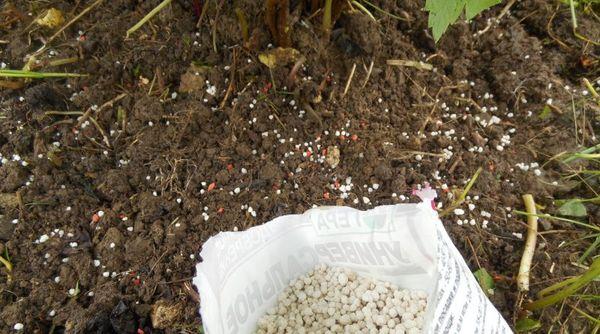
Subsequently, the use of nitrogen fertilizers should be excluded. This will help to avoid active growth of shoots and decrease in yield.
In cool weather, foliar feeding should be done. For this, the plant can be sprayed with a product based on 5 liters of water, 2 grams of boric acid and 1 gram of zinc sulfate. The procedure is carried out in cloudy weather.
Anti-aging and shaping pruning
Systematic pruning of red currants helps to increase fruiting. It is recommended to process the crop in early spring or late autumn. The berries form on the tops of the shoots. Therefore, fruiting branches are not shortened. It is worth pruning old branches bearing fruit for more than 7 years.
It is recommended to get rid of diseased, dry and broken branches. The crop yield is directly affected by its illumination. A plant with many branches does not produce a very good harvest. Therefore, it is thinned out. The bush should have no more than 15 branches.
Pouring and hardening bushes
With the arrival of spring, the bushes are scalded with boiling water. This is recommended before the appearance of the kidneys. This will help to deal with pests that have entered the structure of branches and shoots. This procedure can be a great alternative to professional remedies.
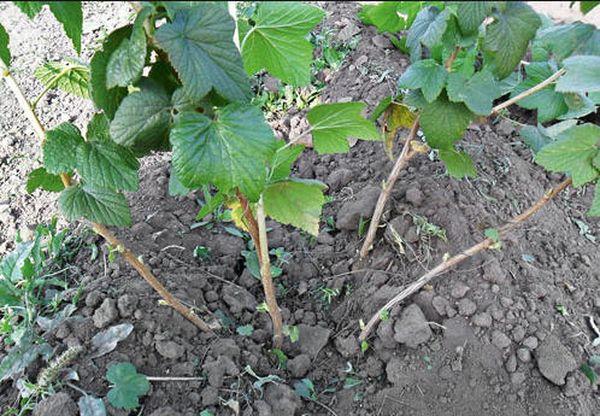
Protection against diseases and pests
Red currant is characterized by medium resistance to pathologies. With proper crop care, the threat of disease is minimal. For the purpose of prevention, the culture is treated with special formulations. Before the appearance of the kidneys, it should be sprinkled with Fundazole solution. The procedure should be repeated 3 weeks after harvest.
Currants often suffer from aphids, spider mites and other pests. At the stage of budding, the plant must be treated with insecticides. Actellic and Karbofos are suitable for this purpose. In the fall, the culture is processed again.
How to propagate the Ural beauty
The easiest way to propagate currants is layering. To do this, take a healthy shoot and put it in a prepared ditch. It is recommended to fix the branch with metal hooks and sprinkle it with earth. It is worth spilling and watering the layers weekly. In the fall, the shoot can be separated from the bush and transplanted to a new location.
New crops are obtained by rooting cuttings. To do this, it is worth separating annual shoots from the bush. Their height should be 20 centimeters. Shoots are planted in a box with wet sand and left at a temperature of +1 degrees. After 4 months, it is worth removing the cuttings in a cellar or refrigerator. Currants can be planted in spring.
Reviews of gardeners about the variety
Numerous reviews about the currant of this variety confirm the popularity of the plant:
- Marina: “Several years ago the Ural beauty planted a currant. I chose a plant according to the description. I can say that it fully met all my expectations. The only drawback is the lack of resistance to spider mites. So I had to use insecticides. "
- Mikhail: “I liked the description of the variety very much. The Ural beauty is characterized by frost resistance and unpretentiousness. Several years ago I planted 3 currant bushes. The next year the plant began to bear fruit. "
Ural beauty currant is an unpretentious plant that bears fruit well. To increase the yield parameters, it is worth providing the crop with proper care. To do this, it is recommended to water, loosen, fertilize in a timely manner.
